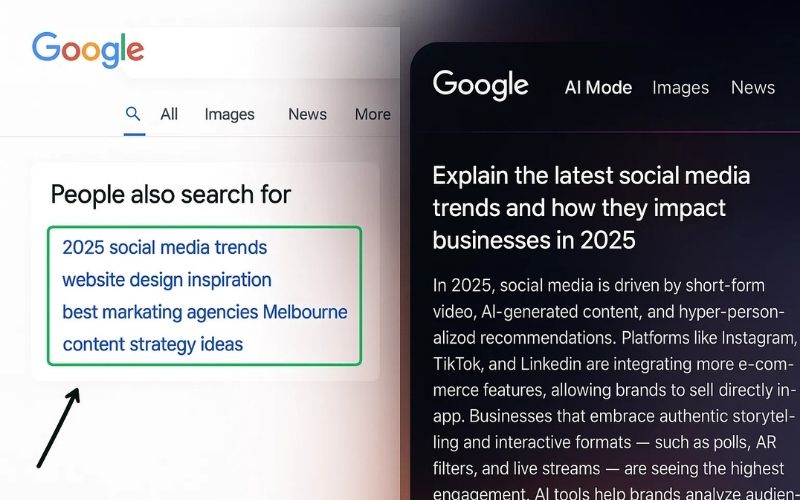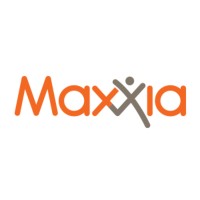Chatbots: Past, Present and Future
Two years ago, Gartner predicted that by 2020 people would have had more conversations with chatbots than their spouses. While we haven’t yet confirmed this to be the case, there’s no denying the upsurge in the use of chatbots in today’s digital environment. A chatbot is an artificial intelligence software that communicates with users via text or audio. They had a market size of 2.6 billion dollars in 2019, and this figure is forecasted to exceed 9.4 billion dollars by 2024.
The present
For many, messaging apps have become an integral aspect of daily life. We now live in a world where this kind of AI is considered a necessity, rather than a luxury. Chatbots can reduce operating costs across many industries, including marketing and payment and processing. However, the most common use for chatbots is customer service. They are a seamless way to provide round-the-clock assistance to consumers all over the world who have issues or queries.
To give you a broad idea of their position in today’s market, check out the figures below.
Usage statistics
- 25,513 the number of chats fielded by chatbots every month
- 39% of total chats involves a chatbot
- 69% chats from chatbots are resolved from start to finish
Industry statistics
- 53% of companies see AI essential in creating ‘customer first culture’
- 70% of millennials report positive experiences from using chatbots
- 57% of businesses agree that chatbots deliver large ROI with minimal effort
- 90% of businesses report faster complaint resolution with chatbots
Customer service statistics
- 64% of internet users say that 24-hour service is chatbots’ best feature
- 37% of people use chatbot to get quick emergency responses
- 67% of customers have used chatbots last year
With people spending more time indoors due to the impact of the pandemic, online retail is thriving. Naturally, this shift in consumer culture has resulted in an increased demand for chatbot software.
Trends for 2020
For marketers, chatbot technology is one of the most valuable tools they have at their disposal. Since their widespread uptake in 2017, they are continuously being developed and updated with new features. Here are some of the most innovative and exciting trends coming our way.
1. Automated payments
In 2017, MasterCard launched Masterpass. Masterpass is a chatbot for customer payments. To test the new system out, a sample of customers paid for their food in Subway restaurants using Masterpass via Facebook Messenger. The experiment was a big success.
Since then, many other chatbots integrated with payment systems have emerged, e.g. Paypal and digital wallets.
These automated payments have been positively received among consumers and businesses alike. As well as improving customer satisfaction rates, they also reduce the number of abandoned carts on e-commerce websites and boost conversational selling.
2. Voice recognition
Did you know that more than 111 million Americans use voice-activated personal assistants at least once a month? On top of this, Amazon has already sold 100 million devices with built-in ‘Alexa’ technology. Google, on the other hand, is trying to make voice-activated assistants available on all Android-powered devices. Evidently, there is a growing consumer appetite for this novel technology which is predicted to continue.
3. Chatbot analytics and insights
Analytics are can help businesses to measure the success of a particular strategy or endeavour. Today’s chatbots are clever analytical tools, as they have the ability to collect and interpret large volumes of data.
They can keep a record of every query and resolution. This information can provide valuable insights for businesses, helping them to streamline their processes and understand their customers better.
4. Natural language processing
No matter how sophisticated the technology, chatbots are no match for humans when it comes to meaningful interaction (at least for now). With chatbots, it’s inevitable that certain nuances get lost in translation. Of course, miscommunication can occur in any interaction, whether it’s with AI or another human. Natural language processing software in chatbots takes the technology one step further. As this software continues to develop, chatbots will communicate in a more natural way, enhancing their ability to interpret human language.
5. Emotional intelligence
Believe it or not, some AI systems are now considered to be emotionally intelligent. A chatbot can automatically detect your query from your text or speech. More advanced technologies can also extract information which indicates whether you are angry, happy or sad. For example, if a user is typing exclamation marks and capitalised letters, a chatbot might determine that they are upset. They will use this information to formulate a more appropriate response, making the interaction more authentic and ultimately more effective.
6. Self-learning chatbots
In order to stay agile in todays’s digital environment, chatbots need to be continuously developed. This is where self-learning technology comes in. As well as providing a superior customer experience, self-learning chatbots save businesses time and money because they don’t need to be manually fed data. These ground-breaking chatbots recognise and analyse patterns in every interaction and train themselves to improve their responses based on user feedback.
7. Chatbots on social media
Networks such as Facebook and Instagram have become a vital part of our social fabric. Not only are they a way for people to stay virtually connected, but they are also digital marketplaces, venues for voicing opinions, online review hubs and more. Chatbot technology is now used across many of these platforms. Facebook Messenger was one of the first adopters of chatbot technology, and brands use it to send automated messages to users.
The future
While tech giants like Microsoft and Apple have been using chatbot software for years, many other companies across various industries have recently started to embrace it. Starbucks, the Wall Street Journal, Pizza Hut and H&M have all invested in chatbot technology.
By the end of this year, over 80% of businesses are expected to adopt chatbots to help them automate sales, marketing, and customer support.
As mentioned previously, chatbots are above all else a customer service solution. As customers all over the globe require 24 hour assistance, more businesses will turn to AI to streamline this process and cut down on costs.
Final thoughts
Chatbots have come a long way since their introduction to the mainstream in 2017. They are constantly being developed and integrated with new technologies. Current consumer trends indicate that the future is bright for chatbots, as our world continues to become more and more automated.
With the help of Team Elephant, you can start automating your messaging and enjoy the benefits of chat bot technology. Offer your customers seamless communication and assist them in their online journey with you using a reliable server. Let’s chat.





















